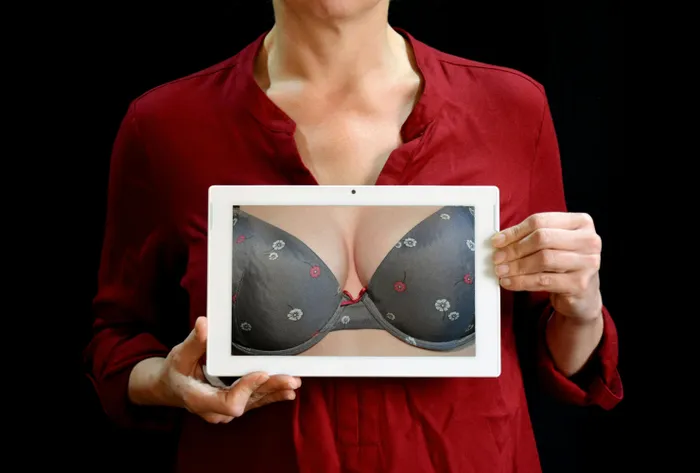Is your bra harming your health? The hidden dangers of ‘lift and separate’

From musculoskeletal issues to chemical exposure, learn why the ‘lift and separate’ bra design might not be as beneficial as you think.
Image: Pexels
For women around the world, the bra has long been considered an essential part of daily life, yet many may not realise the hidden health implications of this wardrobe staple.
The traditional "lift and separate" underwire design, often marketed as the gold standard for support and shaping, could be a silent killer, contributing to a range of physical and emotional issues.
From chronic aches and poor posture to potential chemical exposure, a growing body of evidence suggests that the very garment meant to provide comfort and confidence could be doing more harm than good.
In a world where we are increasingly mindful of what we put into and onto our bodies, it is time to turn our attention to the one item of clothing worn closest to the skin, day in and day out.
The musculoskeletal risk
The average woman carries a significant amount of weight in her breasts - a load that can be exacerbated in those with larger cup sizes.
If a bra fails to distribute this weight effectively, the entire burden can fall to the shoulders and neck.
This constant strain is a major culprit behind a host of musculoskeletal problems, including poor posture, persistent neck and back pain, and even tension headaches.
Over time, this uneven load can contribute to long-term spinal misalignment, as the body attempts to compensate for the pressure.
The problem with pressure
The "lift and separate" design, particularly when ill-fitting, can cause straps to dig into the delicate nerves that run from the neck and shoulders down to the arms.
This sustained pressure can lead to symptoms that many women live with daily, such as tingling, numbness, or shooting pain, without ever connecting them to their bra.
Furthermore, the underwire itself can place pressure on vital lymphatic drainage pathways and delicate breast tissue, areas where some women may be prone to developing cysts or experiencing pain.
A cocktail of chemicals
Many modern bras contain a variety of chemicals that can have a negative impact on health.
Common allergens such as latex, nickel, and spandex are often woven into fabrics and can cause skin irritation, including rashes, redness, and swelling.
Beyond simple allergies, there is also the risk of exposure to more harmful substances.
The chemical bisphenol A (BPA), a well-known hormone disruptor, has been found in some fabrics.
In 2022, a report from the Center for Environmental Health revealed that certain sports bras and activewear from popular brands contained levels of BPA up to 22 times higher than the "safe" limit set by law.
This chemical can be absorbed through the skin, potentially disrupting hormones and increasing the risk of health concerns such as asthma, heart disease, and obesity.
The invisible emotional strain
While physical discomfort is a major concern, the emotional toll of an ill-fitting bra is often overlooked.
For many women, the daily experience of a bra that pinches, digs, or fails to support can be both distracting and demoralising.
This persistent discomfort can erode self-esteem and body confidence, reinforcing the feeling that their body does not "fit the mould."
Studies have shown a clear link between physical bra pain and higher levels of anxiety and lower self-esteem among women.
What to look for
Given these concerns, it is crucial to reconsider the "gold standard" of bra design.
Underwire push-up bras, which use a flat piece of steel to unnaturally force breast tissue upward and inward, are often cited as being among the worst for health.
For better well-being, experts suggest focusing on a proper fit and considering wire-free or non-restrictive styles that offer support without constricting the body.
Ultimately, a bra should provide comfort and support, not cause pain and pose potential health risks.
IOL Lifestyle
Related Topics: